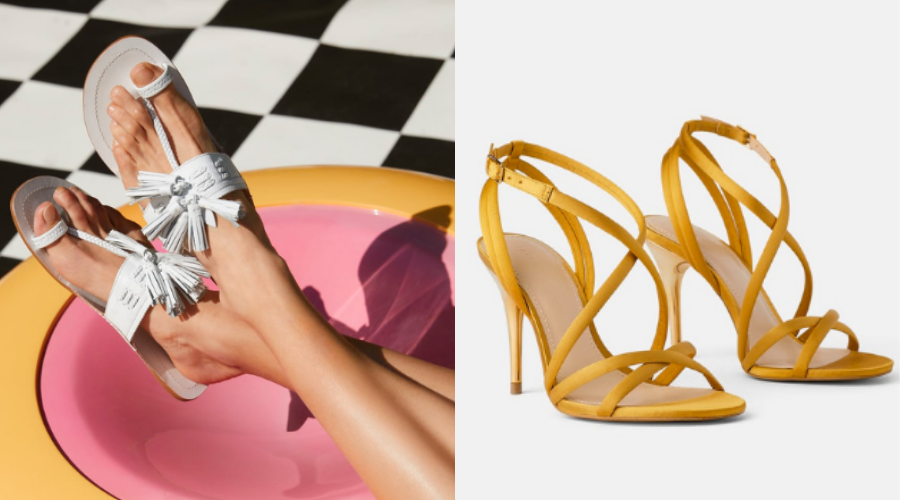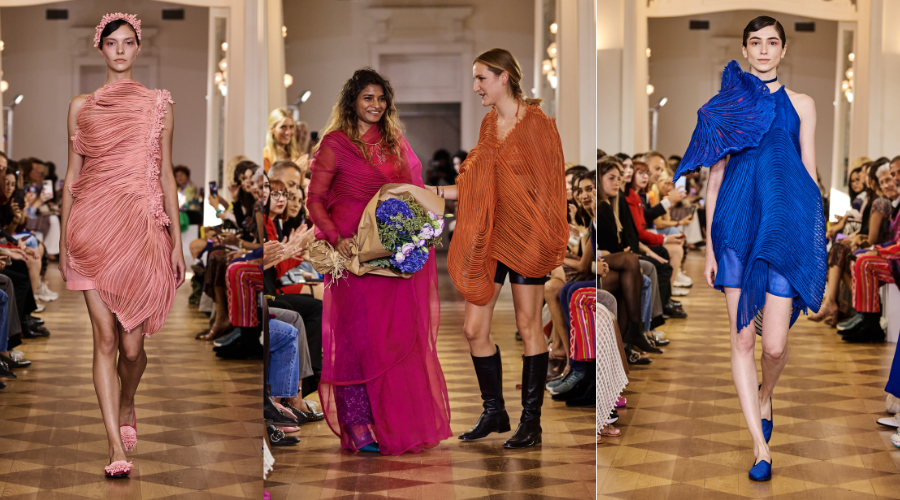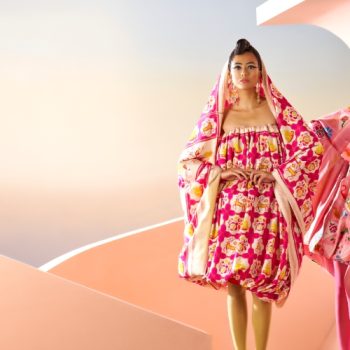After making her international debut with Milan Fashion Week last year and topping it off with Paris Couture Week—Vaishali S returned to MFW for her second outing to showcase, ‘Ancestral Threads’. Her love for nature and its significance in her label has yet again been explored in this line. Vaishali incorporated her signature cording technique into a range of textiles and supplies—including the precious West Bengal silks and sumptuous silks from Maheshwar and Karnataka.
Presented at the Palazzo Giureconsulti, a 16th-century building in the Italian city—Vaishali paid homage to her root by contemporising her trademark weaves into new and evolved silhouettes. From deconstructed saris to dresses with 3D mounted flowers, the designer managed to repackage craft and tradition in a fashion-forward way. In a quick conversation with ELLE, Vaishali talks about the process, roadblocks and what representing Indian weaves means to her.
ELLE: The conversation that sparked the idea of this collection was…
Vaishali S: “I was discussing how even a very young kid could play the piano as a master and how there is some knowledge carried forward from past lives or a deeper connection to the source. It is similar to what I experience quite often while creating a new design and then bumping into some creation of Nature that is exactly the same. This is a question I always wonder—where this creativity comes from? My collections reflect a seamless journey, where each line builds on the preceding one. So, the idea that actually sparked this collection was how I could make this section of my journey more wearable and more appealing also to the global world—for the global world to understand and embrace better the treasures of Indian textiles.”

ELLE: I saw/heard/talked about _________ and this is what influenced this collection.
VS: “Nature is where I seek my creativity from. Because of this, it serves as both my constant source of inspiration and the means by which I impart the spirit of its energetic flow into my clothing.”

ELLE: Did you have a Eureka moment (you just knew this is what you wanted to do) or it has been a process?
VS: “It is always a process. Normally, I reach the top of creativity excitement when I have to deliver a collection to the ramp. That is why, it is in those moments, that I visualise the designs in my mind while giving continuity to my journey through the next collection. These are not clear designs that I implicate, but sensations and ideas that I try to engrave in my heart or subconscious notebook!
Then I normally take some rest, which for me is always in Nature, whether under the sea or in the mountains. With these thoughts in mind, I start visiting villages, touching materials that come out of the handlooms and visualising textures. I start sitting in the looms with my weavers and discuss weaving innovations through threads, counts, motifs, colours, mixing materials, etc. After all of this, I get back to my atelier and start working with my hands by draping on my mannequins. This is the moment I let my head go and my heart guides my hands.”

ELLE: The hiccups I faced while designing/presenting the collection.
VS: “When I create my collection and presented them, I go my own way and there is hardly anything that can divert my plans. The major hiccup, if we can call it so, is the difficulty in communication or cultural gaps between the teams. When working with diverse groups, such as my Indian team in Mumbai, Milan and Paris—there comes a difference in sensibilities, as well as structural expectations and habits. Sometimes, my story is misunderstood and tweaked by the different teams—although now, I must say I have learnt where these problems can come from and how to put down my foot immediately when needed.”

ELLE: The different textiles/handicrafts have you experimented with this time and tell us something you learned about them which came as a surprise to you
VS: “This time I have used silk from West Bengal. In terms of hand weaving techniques, I have used Chanderi, Maheshwar, and a lot of Kota Doriya from Rajasthan. I am still surprised by the versatility of the Indian hand weaves, every single time. My special silhouettes and complex thought processes could only find expression through this versatility. The specific focus of this collection has been on Kota Doriya: I found the finesse of this weave to be very elegant—something I was going for this season. The surprise has been the rendering of the colours in this technique, which for me became a real excitement at the time of draping and creating garments.”

ELLE: With changing consumers, how important do you think it is to narrate a story through your collection, as opposed to just designing clothes?
VS: “First of all, narrating a story, or even better living a journey through my collections is my only way of creating. Having said that, narrating a story is quite critical in my case and in my mission. It is a way of making my audience a part of my journey. My mission is to revive Indian hand weaves by giving them a language that can be understood—more global for the global world and modern for the younger generations. You see, I love saris and would always wear saris in my shows, even if it’s with a little twist. But on the other side, we have the younger generations that tend to use saris only for specific occasions and prefer modernised weaves. If we want our Indian hand weaves to conquer international consumers, we need to help them understand the fabrics and how unique it is. It will connect them to the larger story, which my garments do seamlessly.

For more on Vaishali S and her international presentations, tap here.






















